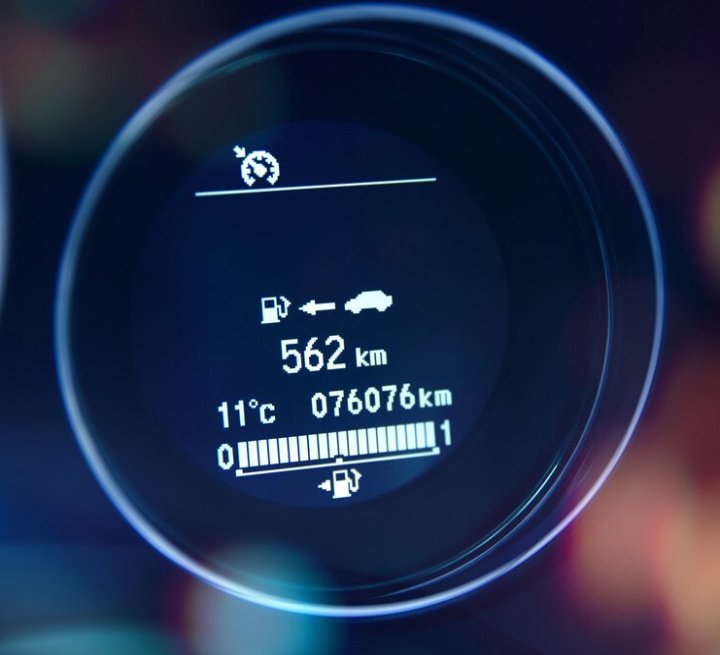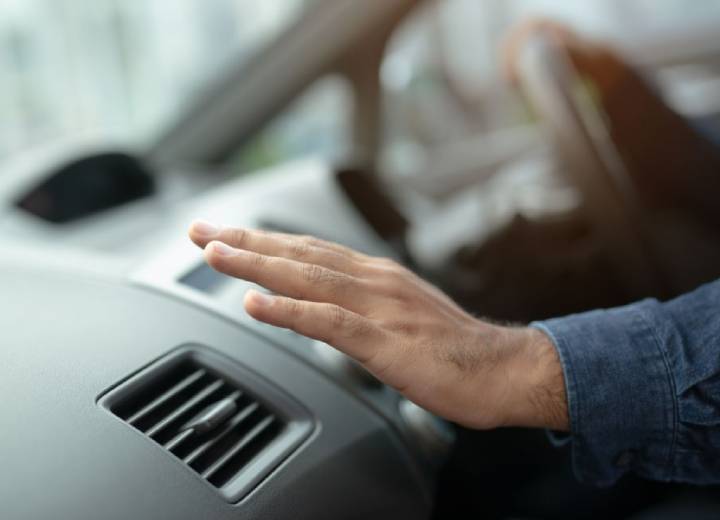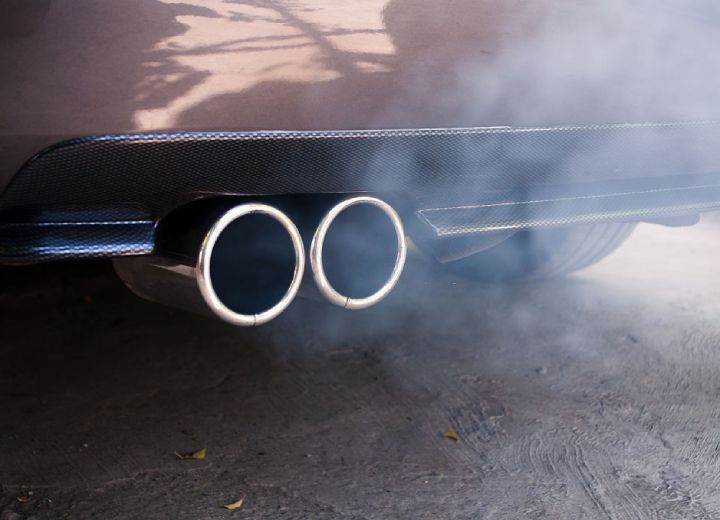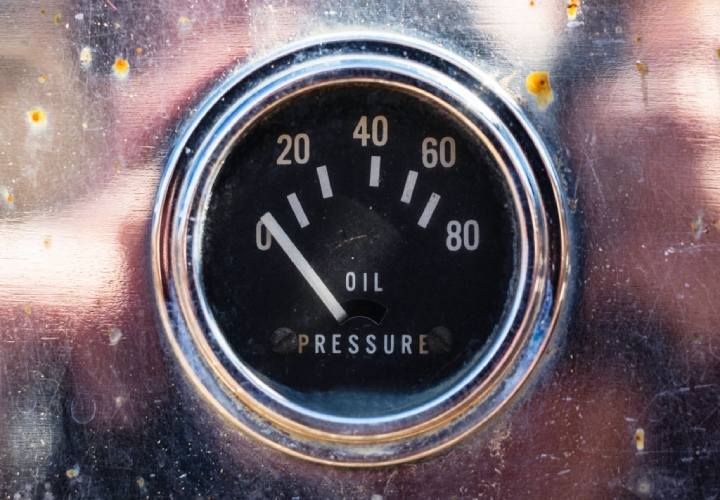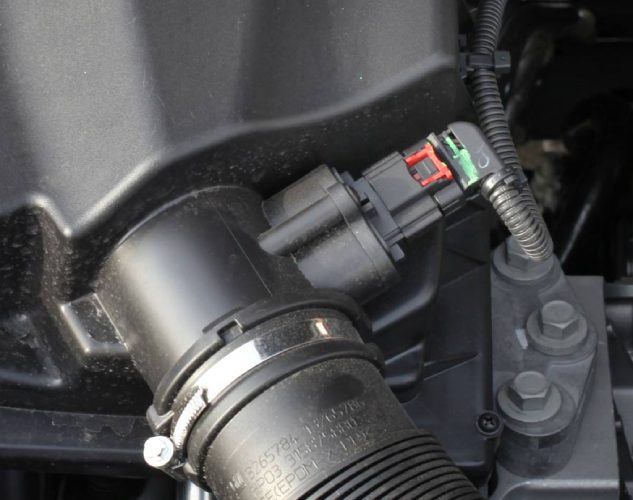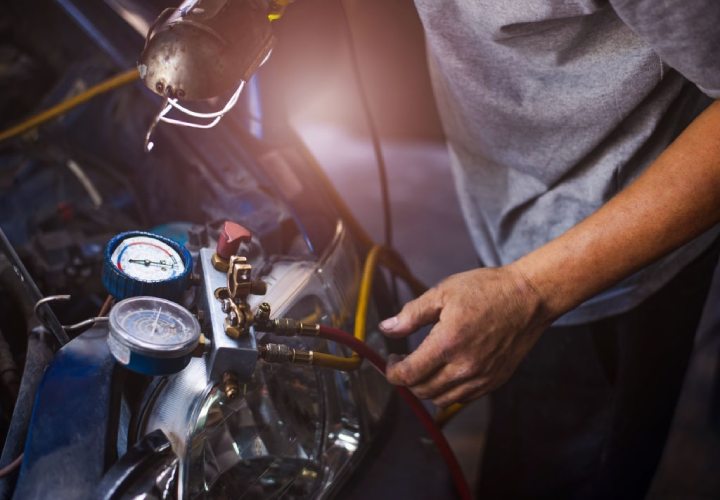This article will go over everything you need to know about when it is time for the B12 service on your Acura. You will find out what the service includes, how much it costs, and cheaper alternatives for those looking to save some money.
- What Is the Acura B12 Service?
- A Breakdown of the Services and Their Importance
- How Much Does the Acura B12 Service Cost?
- How do you check the maintenance minder on an Acura?
- How to Reset the Service Light on an Acura B12 Service
- At What Intervals Should One Service Their Acura?
- For How Long Can You Drive After the B12 Service Notice Came Up?
- Alternatives to Lower the Cost of Your B12 Acura Service
- In Summary
What Is the Acura B12 Service?
The B12 service for your Acura is a maintenance procedure that should be performed every 12 months or 15,000 miles, whichever comes first. This service includes an oil and filter change, tire rotation, and a visual inspection of the vehicle’s major components. This service aims to keep your Acura running smoothly and efficiently for as long as possible.

A Breakdown of the Services and Their Importance
Replace engine oil and filter
Replacing your engine oil and filter is one of the essential maintenance tasks you can perform on your vehicle. Engine oil lubricates and cools the engine, and the filter removes impurities from the oil.
Over time, engine oil breaks down and becomes less effective at lubricating and cooling the engine. The filter also becomes clogged with impurities, reducing the flow of oil to the engine.
Replacing the oil and filter regularly helps keep the engine of your Acura running smoothly and prolongs its life.
Inspect and top off all fluid levels
The mechanic will check all the fluid levels and top off if needed. These include windshield washer, battery, brake, transmission, coolant, power steering, and hydraulic clutch.
Set tire pressure to factory specs
One of the most important things you can do to maintain your vehicle’s handling and performance is to keep the tires properly inflated. Underinflated tires can lead to several problems, including decreased fuel economy, increased braking distance, and premature wear.
So what does it mean to set tire pressure to “factory specs?” In short, the mechanic will inflate your tires to the pressure recommended by the vehicle’s manufacturer. This information can be found in your owner’s manual or on a sticker inside the driver’s side door.
It’s important to check your tire pressure regularly, as even a slight decrease can lead to problems. Use a quality tire pressure gauge and check
Rotate tires
Rotating your tires means moving them to different positions on your vehicle. The purpose of doing this is to evenly distribute the wear and tear that occurs as you drive.
Over time, certain areas of your tires will begin to wear down more quickly than others. The dealership mechanic will rotate them to ensure that all areas of the tire experience similar levels of wear.
Related content: What does it mean when cords are showing on your tires?
Inspect front brakes, pads, discs and calipers
This phrase is typically found on auto maintenance schedules. The brakes should be checked for wear and tear, and the pads, discs, and calipers should be inspected for any damage or corrosion.
Inspect brake hoses and lines for cracks or leaks
It means checking the brake hoses and lines for any cracks or leaks. This is important because if there are any cracks or leaks, the brake fluid could leak out, which would decrease the effectiveness of the brakes,
Inspect adjustment of parking brake
Similar to the B16 service, the technician will check whether the parking brake is adjusted correctly. This is important because if the parking brake is not adjusted correctly, it could lead to problems when trying to park the vehicle. Improperly adjusted parking brakes can also cause the vehicle to roll if it is parked on an incline.
Inspect suspension-mounting bolts
The mechanic will check the bolts that attach the suspension components to the vehicle frame for tightness. Over time, these bolts can loosen and cause problems with the suspension. You can ensure that your suspension is always in good condition by checking them regularly.
Inspect condition of exhaust pipes and muffler
Inspecting the condition of exhaust pipes and muffler means checking the status of your exhaust system components to see if they need to be welded or replaced.
This typically includes a visual inspection of the pipes and muffler for any holes, cracks, or other damage and listening for any unusual sounds coming from the system. If any problems are found, it is important to have them fixed as soon as possible to avoid further damage and potential safety hazards.
Inspect power steering system
It means checking the fluid level and condition and the hoses and connections for leaks or damage.
Inspect steering operation, tie rod and ends, steering rack and boots
The car technician will check the steering system for any issues by inspecting steering operation, tie rod and ends, steering rack, and boots. This includes the tie rod, which connects the wheel to the steering system and the rack and boots.
They should also check to ensure that there is no play in the steering system. Bad tie rods will make your car feel like it’s floating, so make sure you make the technician aware if that is the case.
Inspect all drive belts
The mechanic will check all drive belts to ensure that they are in good condition and properly tensioned. Drive belts may need to be replaced if worn, frayed, or loose.
Lube all hinges and latches
Lubricating all of the hinges and latches on a door can help to keep them functioning smoothly and prevent them from becoming sticking or squeaking. This is a relatively simple task that can be done with a lubricant such as WD-40 or petroleum jelly.
Inspect and replace air filter if necessary
The dealership mechanic will check the air filter and replace it if it is dirty or clogged. This will ensure that the HVAC system runs efficiently and prolong its life. This can result in better MPG as well.
Inspect air conditioning system for efficiency
The mechanic will check the AC system in your car for any potential issues that could be affecting its efficiency. This can include checking the level of Freon, inspecting the compressor, and making sure all the hoses and connections are secure. Doing this inspection can help ensure that the AC system is running at its best and help avoid any potential problems down the road.
Inspect battery connections
Inspecting your battery connections means ensuring that the positive and negative battery terminals are clean and free of corrosion. This is important because corrosion can prevent electrons from flowing freely between the battery and your car’s electrical system, causing starting and charging problems.
Inspect all hose clamps and coolant system
They will inspect all hose clamps and coolant systems for leaks or damage. This includes the radiator hoses, heater hoses, and other coolant hoses in your vehicle.
The mechanic will ensure no cracks or holes in any hoses and that the clamps are tightened securely. If they find any leaks or damage, they will immediately replace the hose or clamp.
Inspect all lights and accessories
Inspecting all lights and accessories means checking that all the lights on the vehicle are working correctly and any other accessories that may be installed. This can include the horn, turn signals, wipers, and more.
Related content: Why Does My Acura Say “Check Emission System”?
How Much Does the Acura B12 Service Cost?
The cost of a B12 Service for your Acura will depend mainly on your location. Some Acura dealerships will charge as low as $300, while others will ask for over $400 for the same service. It is worth shopping around and getting some quotes to find the cheapest place to service your vehicle.
Below I list some alternatives which will hopefully help you save some money.
How do you check the maintenance minder on an Acura?
To check the Maintenance Minder on your Acura, you must use the Select/Reset knob on the information display. This will show the remaining oil life. When the car gets to 15%, the Maintenance Minder light will come on.
How to Reset the Service Light on an Acura B12 Service
The procedure for resetting the Service Light indicator on your Acura is usually described in the owner’s manual.
Acura models with the B12 service light include the MDX, RL, and TL. The process for resetting the light is similar in all three models:
1. Press and hold the “Select/Reset” button on the instrument panel.
2. Turn the ignition to the “On” position without starting the engine.
3. Press and release the “Select/Reset” button again. The service light will blink twice to indicate that it has been reset.
4. Start the engine to verify that the service light is no longer illuminated.
If the service light does not reset or comes back on after being reset, this may indicate a problem with the vehicle that will need to be addressed by a qualified technician.
At What Intervals Should One Service Their Acura?
Acura recommends that you service your car every 7,500 miles or 12 months, whichever comes first. However, this is just a general guideline, and your specific car’s needs may vary slightly. Check your car’s owner’s manual for the most accurate information.
Another method to check when the car should be serviced is by using the Acura Maintenance Minder tool, which your Acura should come equipped with.
If you drive your car frequently or in stop-and-go traffic, you may need to service it more often. The same goes for regularly driving in extreme weather conditions or on rough roads.
Related content: What does “check VSA system” mean on Acura?
For How Long Can You Drive After the B12 Service Notice Came Up?
Sometimes it can be challenging to find the time to drive the car to a dealership for its service schedule. As a result, many Acura owners might wonder how long they will be able to drive the vehicle after the service indicator light comes on.
There is no exact answer for this. However, as long as you are reasonable and there are no leaks or repairs that need to be addressed immediately, you can safely drive the car for another month or 1,000 miles.
However, keep in mind that delaying the service for too long can affect the car’s lifetime.
Alternatives to Lower the Cost of Your B12 Acura Service
Honda dealer
For those of you who are not aware yet, Acura is a branch of Honda. Getting some quotes from a Honda dealership might save you some money. I assure you the service quality will be identical.
Independent Honda/Acura repair shop
An independent repair shop will usually service your car for less than what a dealer would ask. However, I know that some of you will be looking to have your vehicle serviced exclusively by a dealer.
National chains like Firestone, Monro, or SNIDER
While this can be hit or miss, a national repair shop will always be cheaper than having your car serviced by an Acura dealer.
DIY
This is the cheapest option by far if you are handy with tools. You will be able to service your Acura by spending under $100 and a couple of work hours.
Related content: What Does Check TPMS System On Your Acura?
In Summary
The Acura B12 service will mainly consist of replacing your engine oil and filter, tire rotation, and a visual inspection of the vehicle. It should take place every year or 15,000 miles, whichever comes first, and while most recommend an Acura dealership, any independent can be just as good.
Sources:
Recommended Acura Service Intervals
Acura MDX Maintenance Schedule
My name is Jeffrey Williams and I have been a car mechanic for over 35 years. I am currently working NYC Auto Repair Shop, in New York City and recently developed a strong passion about blogging. I decided to put together this blog where I will try and answer the most commonly asked questions I get on a daily basis from my customers.

